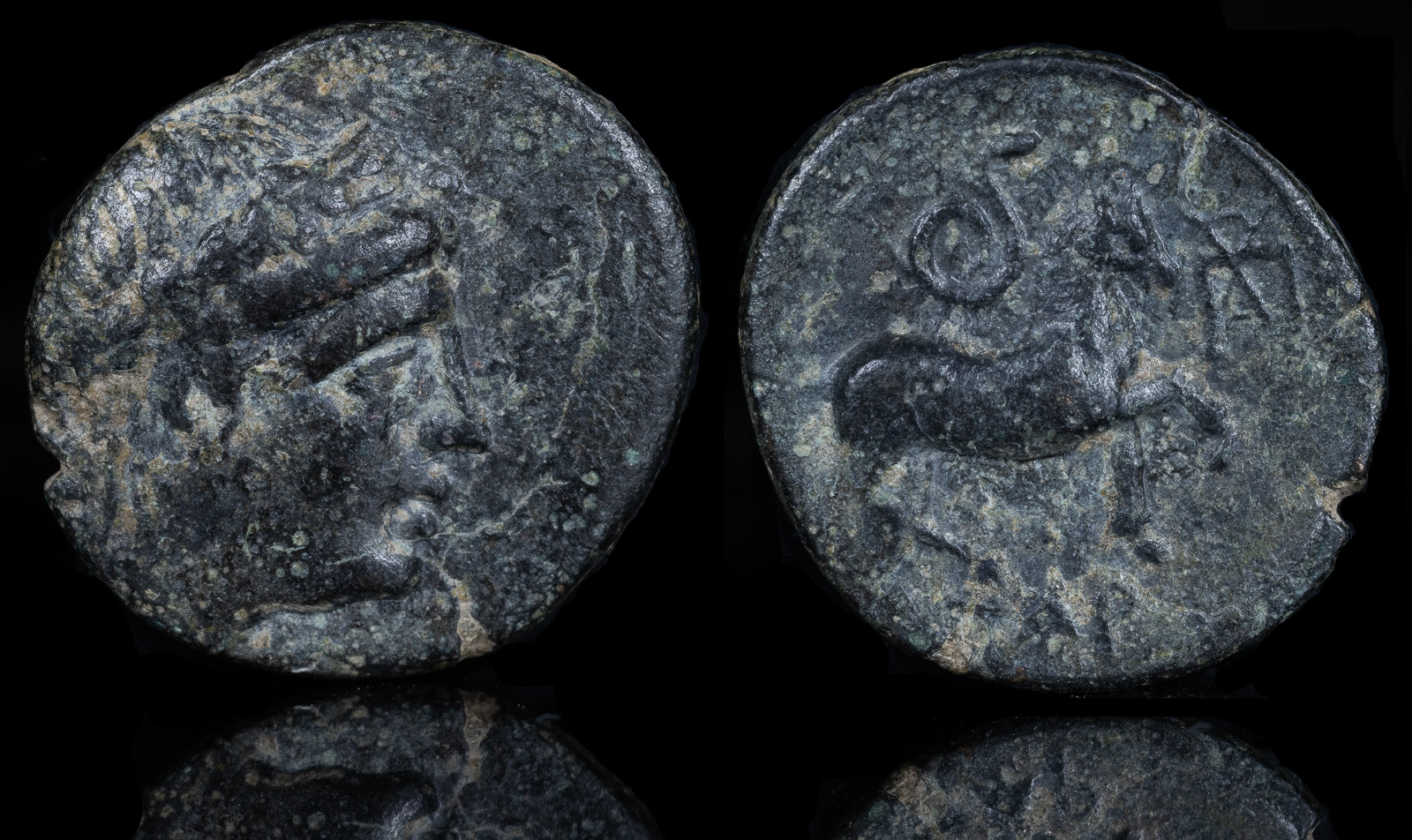Snake
View All Tags
One of the most prominent associations was with Asclepius, whose sanctuaries often housed sacred snakes. These non-venomous serpents were allowed to roam freely in healing temples, where the sick came to seek cures through incubation rites. Patients would sleep in the temple, hoping for dreams in which Asclepius or his snakes would reveal remedies. The snake, as a symbol of medicine and rejuvenation, remains immortalized in the Rod of Asclepius, a symbol still used in modern medicine.
Snakes also featured prominently in the worship of household deities and hero cults. Many homes had altars dedicated to agathos daimon (“good spirit”), often depicted as a serpent. These protective spirits were believed to bring prosperity and safety to the household. In hero worship, snakes were often linked to the spirits of the dead or the heroes themselves, symbolizing a connection between the living and the underworld.
The chthonic aspect of snakes tied them to the earth and fertility. They were often depicted alongside Demeter and Persephone in their roles as agricultural and underworld deities. In the Eleusinian Mysteries, sacred rites dedicated to Demeter and Persephone, snakes may have played a symbolic role, representing the cycle of life, death, and rebirth inherent in the myths of these goddesses.
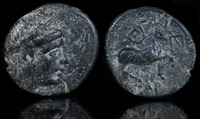
Atarneos, Mysia 400 BCE

Athens, Attica 264-267 CE
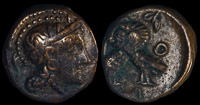
Athens, Attica 307-300 BCE

Bageis, Lydia 117-138 CE
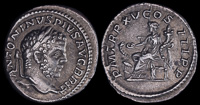
Caracalla 212 CE

Chalkis, Euboia 290-271 BCE

Cista Mystica 238-244 CE
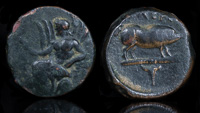
Eleusis 350-300 BCE
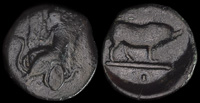
Eleusis, Attica 340-334 BCE
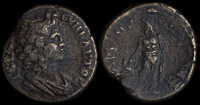
Hadrianotherae, Mysia 117-138 CE
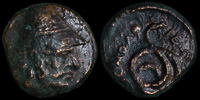
Homolion, Thessaly 350 BCE
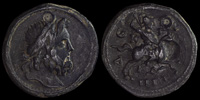
Isinda, Pisidia 100-0 BCE

Julius Caesar 49-48 BCE
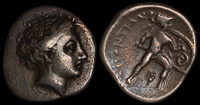
Lokris Opuntti 369-338 BCE
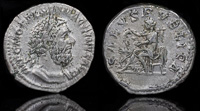
Macrinus 217-218 CE
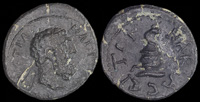
Nakrasa, Lydia 98-138 CE
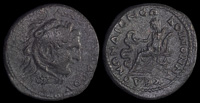
Olympia with snakes 238-244 CE
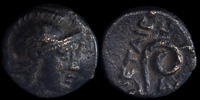
Pergamon 282-133 BCE
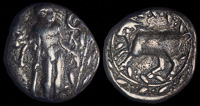
Phaistos, Crete 330-320 BCE
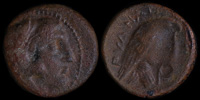
Pydna, Macedonia 381-369 BCE
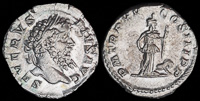
Septimius Severus 207 CE
